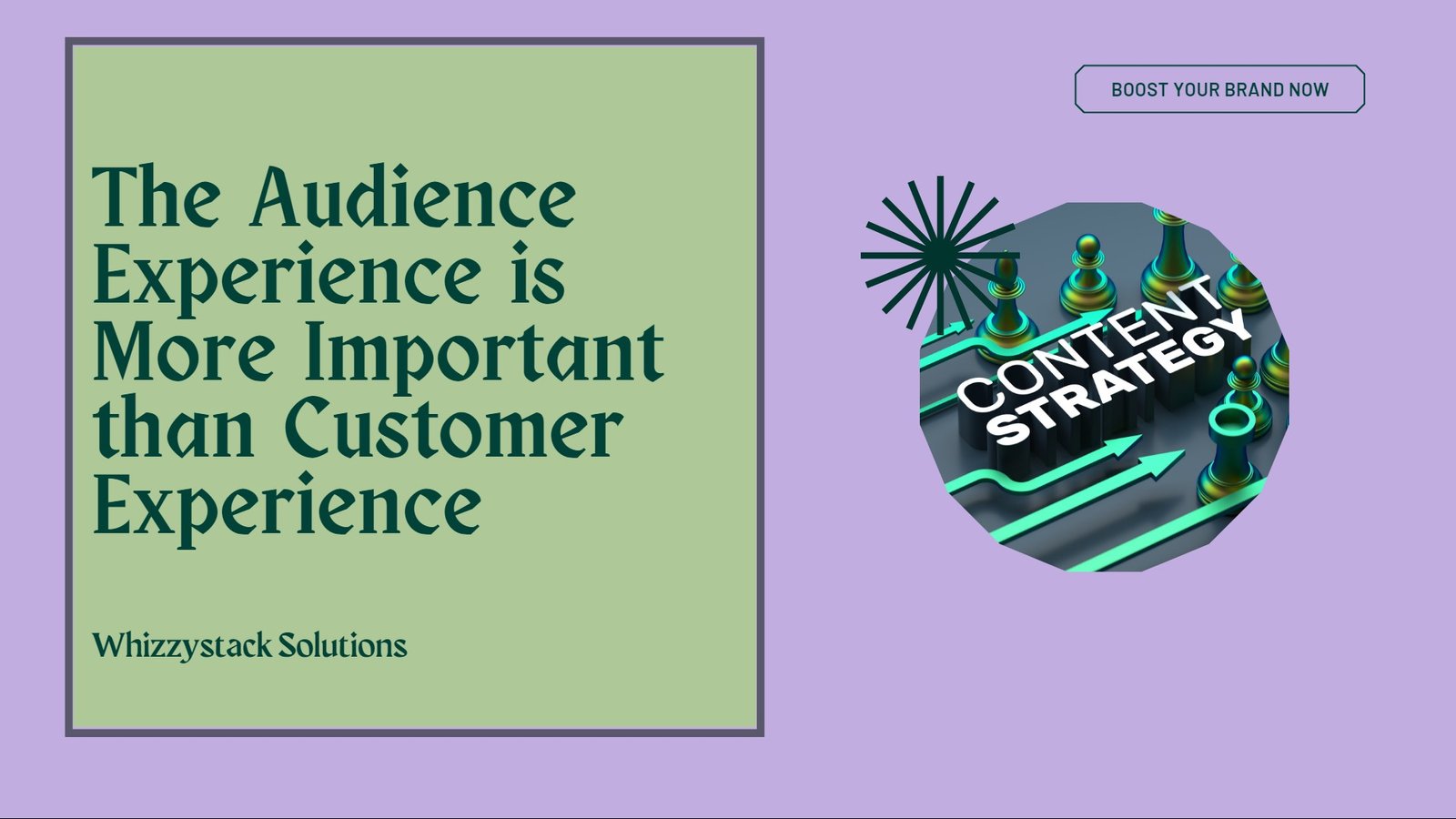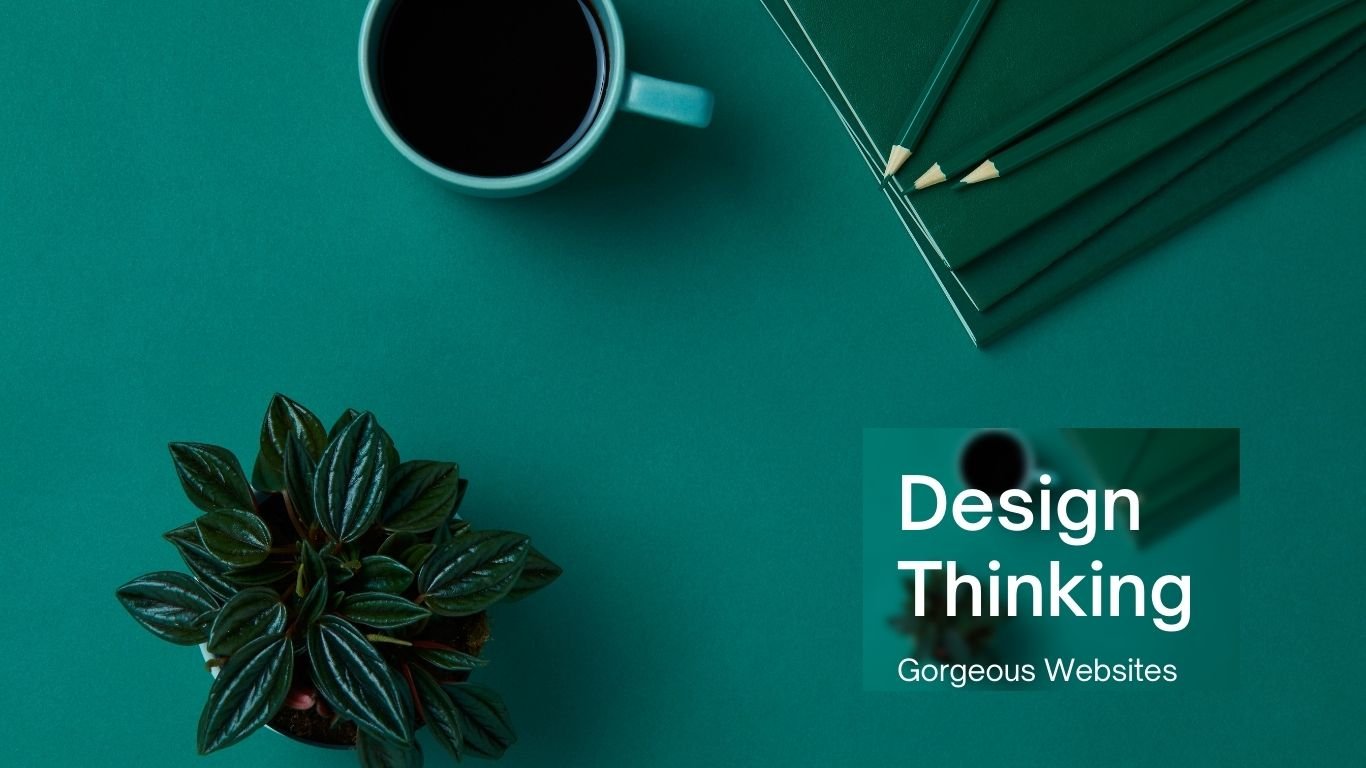This article is about setting boundaries and guidelines that should be followed during the entire design cycle. There’s an infinite amount of ways to incorporate elements in a user interface — and so you’ll need to set certain guidelines and constraints, or else the design process might become an unnecessary chore. You could struggle with all the possibilities and try to choose the best choice among several “right” options. By setting (and following) some fundamental rules, you’ll also make your design look more consistent.
The value of accuracy in the user interface design
Let’s just start from the very bottom. You want to look good and trustworthy in your design and you need to prevent chaos at all costs. Having a framework for your design work is really necessary for this to happen.
Your developers would always appreciate a system — they’ll love the fact that your design has structure, and make their work easier for you.
A Resizing Device By A Pre-determined Size
Whether you want to redimension a text block, resize an image, or change any white space, it does not matter. You have to determine how big every item is going to be. And I’m going to bet you’ve been in this situation: Have you ever chosen a size for an element, and after five minutes, you’ve changed it, and again, and again and again, perhaps?
Which is the right size? Would this be one of those you’ve tried, right? This constant time-wasting trap, you must stop!
Begin BY CHOOSING THE BASIC UNIT: THE GRID 8-PIXEL
It is easier to first set the measurement value, which will then decide all the measurements, to make the whole design look cleaner. That value you select is entirely up to you, but very often, sticking to a few established rules is the best choice. And one of those rules is to resize elements by exactly eight pixels and shift them. This law will streamline the way you make decisions.
BUT WHY PIXELS EXACTLY 8?
There are a few explanations why eight often act as a “magic number” here:
1. Eight pixels are a reasonable “jump” minimum
2. Eight is a great number, since four and two are divisible.
3. You can easily resize any element without finishing with half pixels if you use eight, as 8/2 = 4, 4/2 = 2, and 2/2 = 1. If you start at 10, on the other hand, you’ll end up with 5 pixels, then 2.5 pixels, then 1.25 pixels. You ‘d like to remove half a pixel as much as possible while designing for video. Elements in the template should adhere to specific pixel boundaries by using whole pixels, and therefore will look crisper.
4. Binary ideals are associated with multiples of eight (8, 16, 24, 32, 40, 48, 56, 64, 72, 80, etc.) (1 , 2, 4 , 8, 16, 32, 64 , 128, 256, 512, etc.).
5. The numbers are, eventually, easy to recall.
WHAT About USING AN 8-PIXEL GRID ADVANTAGES?
1. As a designer, your time to make a decision is precious. This will make you more effective and swifter.
2. When you partner with a developer, you will build a program that will be of assistance to you and your team. If the developer is needed to make any fast adjustments, he can modify the values by increments of 8 pixels. This will guarantee continuity and order.
3. Users who use your website should feel confident visiting it. They’ll trust the website, so use of the app will be simpler for them.
Act with a grid to uninstall all things
CHARMONY HORIZONTAL
I ‘m sure you’ve always used a grid in website design. Using a grid lets you place all elements correctly on the digital canvas.
The grid forms your interface’s skeleton, and defines where elements can be positioned. The prototype holds the structure, and establishes simple boundaries in order to make the design more consistent. Now you’ll find it easier to decide where to put the items. You can update the boundaries as needed, as you gain more experience.
Yet how do you bring this grid together? Next we’ll cover the details. The number and size of columns can essentially be random, and depends on your needs. The more complex the plan, the more columns you will need on the grid. If you’re reluctant, seek assistance from an experienced colleague.
I also suggest that you read “A Detailed UI Design Guide,” which will help you understand a little more in-depth user-interface design.
VERTICAL HARMONY
Similar to maintaining horizontal harmony, it is necessary also to maintain consistent vertical distances in a design. Unlike the rows in a spreadsheet, they help you keep the text at intervals uniformly distant.
How wide are those rows to be? It is up to you, again. I do suggest using 8 pixels or 8 multiples (such as 16) though. Defines boundaries where alignment of elements or text is necessary.
The right way to choose font sizes
If you look at some well made templates, the font sizes should demonstrate consistency. It’s for a reason.
Note: Always bear in mind that you only need two, maybe three, fonts in your design. However, it is beyond the reach of this tutorial to pick the right typefaces and make them work together.
Begin by identifying a couple of main font sizes to use in the project. (For example, using 30, 31, and 32 pixels would be foolish; instead, combine these three very similar sizes into one.)
STANDARD Offer TWO BENEFITS FONT SIZES:
Your style is set to be more consistent and elegant.
It accelerates the design process and makes you more successful.
FONT SIZE
When determining font sizes, make sure that the same amount doesn’t raise the sizes. It should be non-linear when you’re broadening text. That means the bigger the text you ‘re making, the bigger the increase should be.
Let’s say you have a block of text with a font size of 12 pixels, and you want to enlarge it. You try 14 pixels, and you’re done. But then imagine you’ve got a big headline (40 pixels), and you want to get it bigger. Will you be increasing the scale by just 2 pixels, from 40 to 42? Clearly not. Optically, a much bigger change is needed to the document. You can need to might it by 24 pixels, which will give you a 64-pixel headline.
In short, this means the bigger the text you want to be, the bigger the increment you need to use. This very basic concept applies not only to text, but also to button size, white space and everything else.
However, one validated scale is used for typography with font sizes that you may want to stick to forever. The scale is 12, 14, 16, 18, 20, 24, 30, 36, 48, 60, pixels and 72.
TEXT HEIGHT LINE
Once you have all font sizes specified, you’ll want to take care of line spacing. Again, using increments of 4 pixels for line height. For example, let’s set the line height to 24 pixels, for 16-pixel text. If you want more air in the text, then increasing the height of the row to 28 by 4 pixels.
Define the colours of your project
Would you know how many variations of colours? Lots! If you don’t predefine paint shades you can waste too much time. You can’t just confine yourself to black, white and, tell, blue. You’ll need other shades for each color, and it’s important to set them in advance so the shades are consistent in your design project. We do not want the concept to cause confusion. Look for five to ten shades per colour. I prefer to define nine shades per colour.
WHY 9 Will COLOR-SHADES?
The first advantage is the naming of colours. If you’re using a graphics editor or a CSS file, that tip will certainly help you. A number, such as 100 , 200, 300, 400, 500, 600, 700, 800, and 900 will be allocated to every shade. (Why hundreds? This is typically how typesetting is also organised.)
Second, 9 is a handy color-defining number. The easiest way to prepare these shades is to plan a 9 square row and fill with colors on the squares. The base color will be the one in the middle. Instead you describe the lightest (to the far left) shade and the darkest (to the far right) shade. The next move is to pick the intermediate hues.
Prepare the various sizes, types, and element states
Usually you’ll deal with countless icons, buttons, and other components while working on a template. Once, it’s a good idea to schedule various sizes for them in advance, and restrict the choices to as few as possible. Do not incorporate certain sizes during the design process, and do not try to adjust the size of the components to suit your needs. Using the ones you’ve already identified, instead, and the whole design will be more consistent and cleaner.
Let’s take an example with the buttons. You’ll have to describe their hierarchical structure once you start. To do so, make a primary action button, a secondary action button, and maybe another, less significant action button. Specify the status (active, inactive), and the color option for each button. Seek to always reduce the number of elements to those most significant.
Define Properties of Certain Elements
Designers of the user interfaces also use shadows in their develop work. Shadows, however, can often be a battle for less-experienced artists. You must set the distance of the shadow along the x-axis and y-axis, and also the blur size , colour, and transparency, when making a shadow. Shadows can take a lot of time to fine-tune, so you’re going to want to prepare them before plunging into design. Preparing a set of shadows (using the same approach as for colours) is useful, and then simply adding them in the design process.
Also, be aware of all the other properties of the elements in which you must function, such as corner size, transparency and gradients of color.
White Field
It is critical that white space is properly balanced. If you are offsetting elements from outside (margin) or from inside (padding), you can again focus on the magic number 8. Boost the offset by 8 pixels (4 for elements small). As with font size, the greater the difference you want, the greater the increase will have to be (again, you’ll have to specify such increments in advance).
Conclusion
Defining some guidelines and a straightforward path through the process, to make your designs clean and consistent.
When working on every aspect of your design, keep the following in mind:
See if you’ve used it somewhere in your app already. If so, then you can just copy the part.
Follow a horizontal and vertical rhythm, and change the size of the elements using the steps you described right from the start.
Stop hard choices, and repetitive pixel wars. Have a network up there.
As a reputed Software Solutions Developer we have expertise in providing dedicated remote and outsourced technical resources for software services at very nominal cost. Besides experts in full stacks We also build web solutions, mobile apps and work on system integration, performance enhancement, cloud migrations and big data analytics. Don’t hesitate to get in touch with us!
This article is contributed by Ujjainee. She is currently pursuing a Bachelor of Technology in Computer Science . She likes most about Computer Engineering is that it allows her to learn and be creative. Also, She believes in sharing knowledge hence is very fond of writing technical contents for the same. Coding, analyzing and blogging are things which She can keep on doing!!







